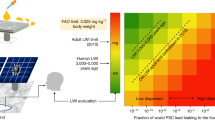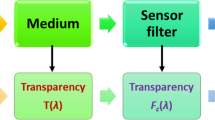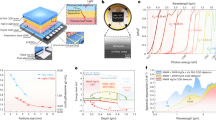Abstract
The advantages of lead sulphide cells1 as detectors in infra-red spectrometers have already been described2 for the region between 1 and 3 µ. Although it appears that the useful range of these cells may be extended slightly by working at liquid air and liquid hydrogen temperatures3, it seemed to us more profitable to explore further the possibilities of lead selenide cells as a means of extending the range of photoconductive methods in the infra-red. Reports of war-time work in Germany indicated that lead selenide had a peak sensitivity near 3·4 µ as compared with the lead sulphide peak near 2·6 µ; but no figures have been available on the actual performance of these German cells, relative to some standard such as a good vacuum thermocouple. The fact that lead selenide cells never got beyond the laboratory stage in Germany would seem to indicate that progress there had not reached the stage where the lead selenide cell was superior to the thermocouple or bolometer.
This is a preview of subscription content, access via your institution
Access options
Subscribe to this journal
Receive 51 print issues and online access
$199.00 per year
only $3.90 per issue
Buy this article
- Purchase on SpringerLink
- Instant access to full article PDF
Prices may be subject to local taxes which are calculated during checkout
Similar content being viewed by others
References
Sosnowski, L., Starkiewicz, J., and Simpson, O., Nature, 158, 28 (1946), and 159, 818 (1947).
Sutherland, G. B. B. M., Blackwell, D. E., and Fellgett, P. B., Nature, 158, 873 (1946).
Moss, T. S., Nature, 159, 476 (1947).
Simpson, O., Nature, see preceding communication.
Author information
Authors and Affiliations
Rights and permissions
About this article
Cite this article
BLACKWELL, D., SIMPSON, O. & SUTHERLAND, G. Lead Selenide Cells for Infra-Red Spectroscopy. Nature 160, 793 (1947). https://doi.org/10.1038/160793a0
Issue date:
DOI: https://doi.org/10.1038/160793a0
This article is cited by
-
Lead Selenide Photoconductive Cells
Nature (1949)
-
Lead Telluride Cells for Infra-Red Spectroscopy
Nature (1948)
-
A cathode-ray spectrograph for studying emission and absorption spectra
Proceedings of the Indian Academy of Sciences - Section A (1948)



